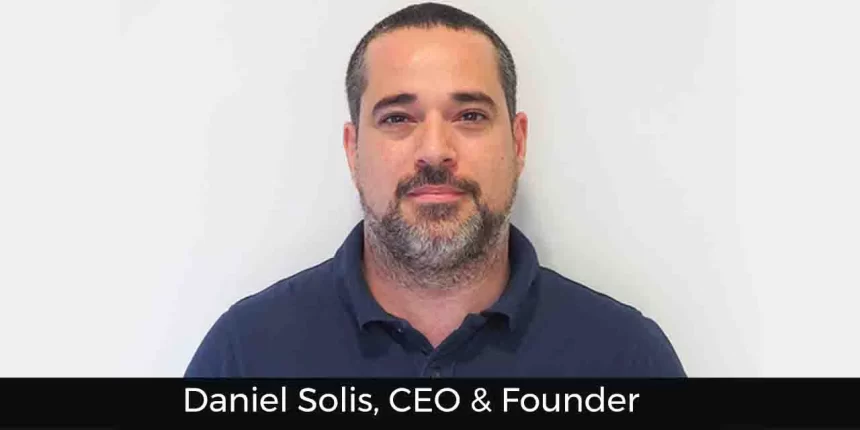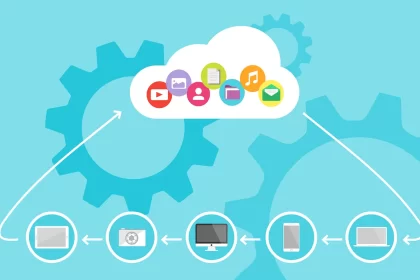CEO Views contributed article
A solid cybersecurity program is imperative, no matter what size your business or whatever sector you play in. A deluge of threats and cyberattacks has quite rightly created a nervous undercurrent amongst organizations. The threat landscape is constantly evolving and cybercriminals using every opportunity to achieve their objectives. You needn’t look any further than the current COVID-19 crisis, with cybercriminals taking advantage of the global situation to make gains. As such, every organization must ensure that they are doing as much as they can to protect themselves against known threats and anticipate where the next one is coming from.
To do this, organizations need a better understanding of the risk they are faced with. With a constant flow of new and emerging threats, as well as existing security issues, it is crucial that they interpret, prioritize, and respond to intelligence, understanding how to utilize it to harden their defenses before cybercriminals take advantage of any chink in the armor. As a threat intelligence company, we at Blueliv find ourselves on the frontline and are well-positioned to advise how business environments can change to counter cybercrime. This article touches on the state of the cybercriminal ecosystem and then looks at trends and tips on how to meet the challenges it presents head-on.
Get wise to the underground
A better understanding of the cyberattackers, their tactics and goals should help to build more effective defense mechanisms. What we’ve seen in recent years is that the cybercriminal industry has matured beyond recognition. Many business leaders still imagine individual hackers in their basements writing code to try and get into a system. This couldn’t be further from the truth – it is a sector that has undergone its very own industrial revolution.
There is now a fully-functioning shadow economy that trades goods and services in much the same way as the legitimate cybersecurity sector. There are organized groups, tools for hire, service providers, channels, and end-users. Cybercriminals of different levels of experience can acquire the necessary tools to launch a malicious campaign designed to attack businesses, governments, and individuals. Particularly remarkable is the commitment of cybercriminals to adjust business practices to meet the needs of their customers, just like organizations in the cybersecurity industry.
So what needs to be done to challenge this shadow economy? There are a number of measures that companies can take regardless of their sector and cybersecurity maturity.
Cyber-risk is a business risk
Good hygiene keeps you safe and healthy, as well as others around you. It’s the same with cyber-hygiene – the sets of practices that organizations can adopt in a structured way to complement their tech cyberdefense. At long last, many business leaders are starting to make cybersecurity a priority from board level all the way down to the lowliest intern. In short, cyber-risk is a business risk.
Alongside regularly updated education programs, we’ve been witnessing very effective prevention and mitigation measures to help fight cybercrime. The best way to view this is to encourage the provision as cybersecurity as everyone’s responsibility. One of the reasons data breaches happen is that it’s too easy for employees to be complacent-the risks are largely invisible to the untrained eye. In the past, this was compounded by overconfidence about security infrastructure. Attitudes such as “cybersecurity have nothing to do with me” and “cyberattacks never happen to our department” are changing, as companies see cybersecurity culture as invaluable.
A shift to real-time
The threat landscape is extremely dynamic. The bad guys are constantly testing new ways to exploit your infrastructure, so remaining static when it comes to your security protocols is a sure-fire way to get breached. The key to emerging from cyberattacks intact is discovering them as fast as possible. Each day that attacks go undetected enables attackers to compromise more data. Literally billions of data records were exposed in 2019, many from exploits that lay undetected for weeks if not months.
However, in line with general cybersecurity improvements, organizations are seeing the value in real-time information about imminent or existing cyberattacks, being used to avert risks, react immediately as far as possible automatically to incidents and dynamically adapt defense measures – all essential tasks. In addition, this intelligence is helpful for long-term, strategic planning around business risk.
Collaboration
The crux of this article, and a point we always come back to, is that the best way to fight cybercrime is to operate in much the same way as the bad guys. Where they build communities to exchange information, goods, and services, so must we. Where they make improvements to their systems, so must we too. All companies should embody this approach, and join communities to help them change the culture and fight cybercrime together. Blueliv hosts its own global community of thousands of cybersecurity experts and encourages them to share news and views (the Threat Exchange Network) exactly for this purpose. No matter what sector you play in, you can join the fight against cybercrime and manage your business risk.










